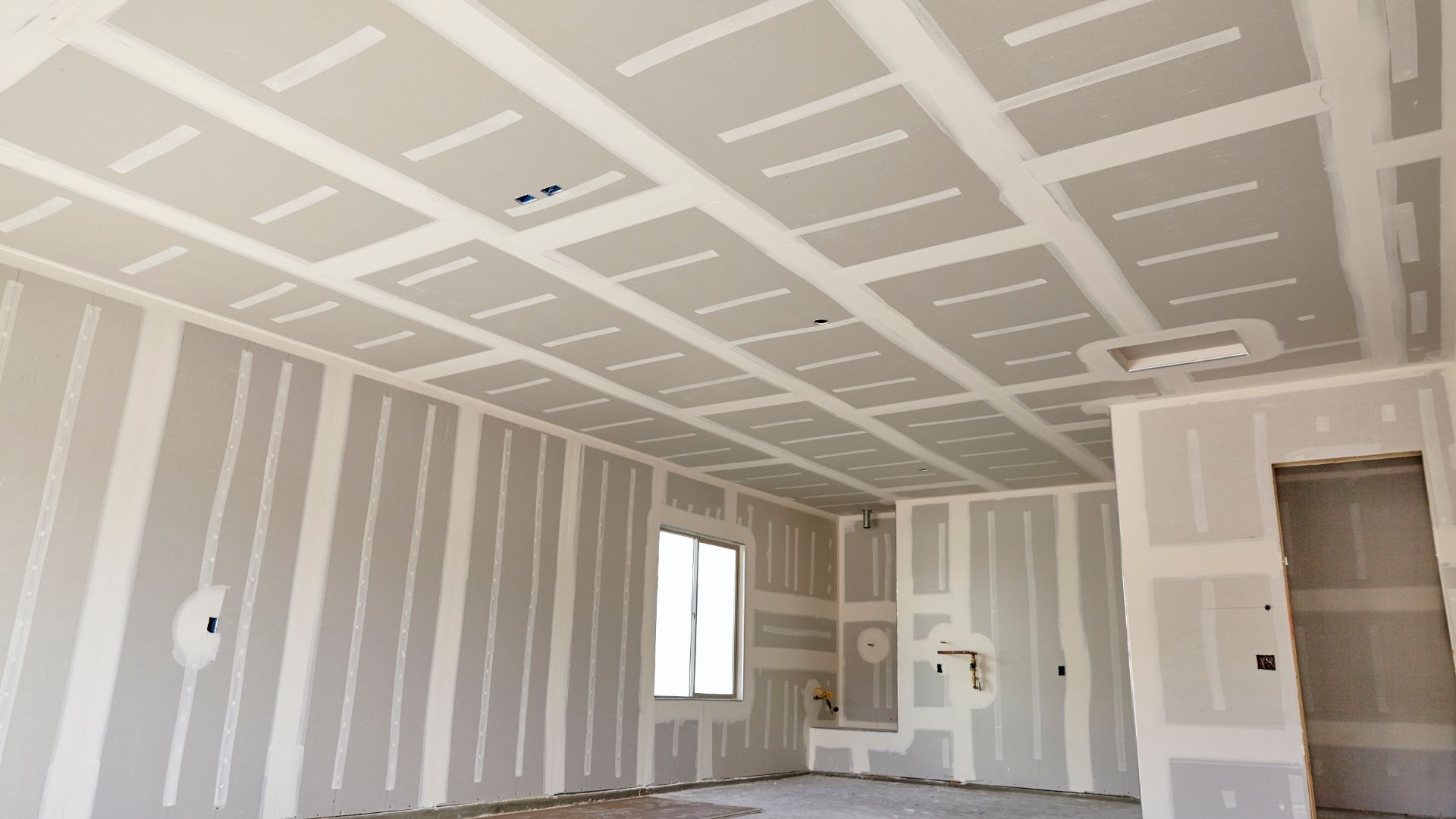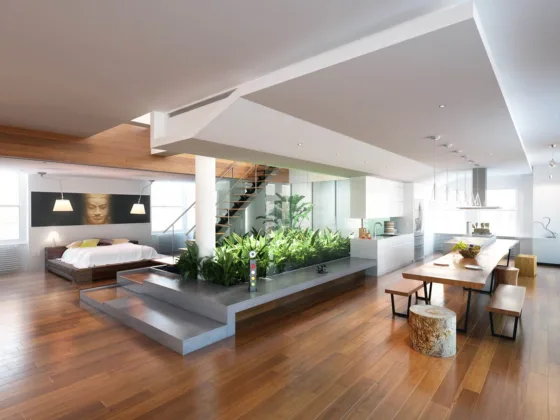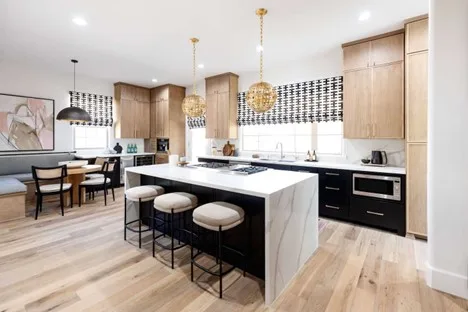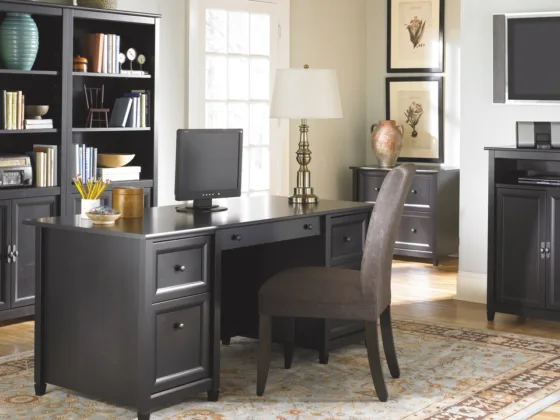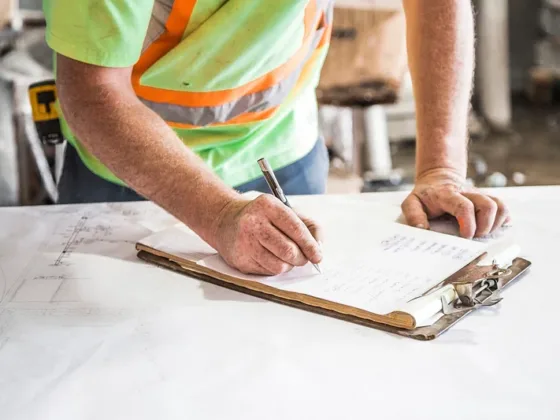Table of Contents Show
Drylining and plaster are the two most common materials used in walls. Plaster is the traditional method for building internal walls and has been used throughout history. It is usually done by a professional plasterer and is known for producing a thick, solid wall which looks great.

Drylining was introduced as a plaster alternative in the 1900s and has since become hugely popular, with most modern homes having dry lined interior walls. It is quicker and easier to put up a wall with drylining, which usually results in a lower cost.
Read Also:
- How a Trained Plasterer Will Help to Improve Exterior as Well as the Interior of Your Home?
- How to Hire Good and Professional Plasterers for Your New Home?
- Using the Venetian Plaster Finish Technique
- How to Select Trustworthy Plaster Suppliers for Home
- Find The Best Plasterer In Your City
- Why Cement Plastering?
Drylining
For drylining, the plasterboards are first cut so that they fit the shape of the walls. They are then fastened to a wooden framing where the wall is going to be. A fibreglass mesh tape is then used at the fastening points, walls and corners.
Finally, three layers of joint compound are used to provide a nice smooth finish and ensure the wall is suitable for painting. Sometimes a joint and tape technique is used, but skimming with wet plaster is far more widely used as it produces a much nicer finish.
Advantages of Drylining
- One of the significant benefits of drylining is that it is easy to install, hence saving you substantial labour cost. This also means dry lining is quicker than traditional plastering.
- As previously mentioned, dry lining often adds a layer of insulation to your home, which reduces heat loss and lowers your energy bill over time. This is especially good for those living in colder climates where heat retention is essential.
- Water permeability is very low, and the materials used to build the plasterboards are non-toxic. This makes dry lining a safe and effective method.
- Because its use is now so widespread, plasterboard is readily available now and there are plenty of tradesmen who can produce dry lining walls.
- Dry-lining is also less likely to develop cracks than wet plaster. This can save time and money from needing to get walls replastered in the long run. However, when wet plastering is performed by a skilled plasterer, cracks are less likely to develop.
Disadvantages of Dry Lining
- The main drawback of dry lining is that the finished walls lack the solidity and sturdiness of wet plastered walls. While they do have the layers of plaster on the surface to increase the strength and durability, it still does not produce the same effects as a full wet plastered wall.
- Many would also argue that drylining walls are less attractive when painted. Some people prefer wet plastering as it has more texture and character than drylining.
- One of the dry lining drawbacks is the use of synthetic insulating material, which cannot be recycled economically. While it is often possible to recycle plasterboard, it can be difficult to find places to recycle it, so most plasterboards will usually end up in a landfill.
- Plasterboard can also be very easily damaged. This is somewhat protected by the layers of plaster, but a fully wet plastered wall is a much stronger alternative.
- Dry lining is also very poor at sound insulation, especially when no soundproof material is installed in the plasterboard. Furthermore, the hollow thump plasterboard produces when knocked can be off-putting for many people.
Wet Plastering
Wet plastering is a technique that was widely used by skilled plasterers before the concept of plasterboard came in. The owners of old houses used to choose this option because of its long-lasting nature, and for this reason, it is still a popular choice in the market.
It is a process of putting the plaster on the entire wall without any use of plasterboard. It has a superb adhesion that ensures that all the materials used are entirely sealed to the walls.
The plaster is then levelled for a smooth finish and long-lasting resistance. Solid plastering techniques can be used for both the walls and ceiling.
Advantages of Wet Plastering
It lets you comply with the fire safety standards
- One of the biggest reasons property owners choose to go with wet plastering over any other option is that it is fire-resistant. In the unfortunate event of a fire outbreak, the use of wet plaster on the walls could mean the difference between life and death, so this option should never be overlooked.
It does not let the noise in
- Another of the biggest benefits of this technique is that it is more soundproof than dry lined walls. It is quite thick and sound-reflecting. As a result, the sound clarity inside a room also remains quite strong.
It is long-lasting
- Once you decide to use solid plastering for the wall, you can be assured that you will not have to spend extra money on its maintenance. It requires minimum maintenance and still shines like new after years of application.
It offers an excellent smooth appeal
- For a neat and polished finish, there is nothing better than solid plaster. It offers an excellent smooth texture that assures a better aesthetic than any of the other options. The surface turns out to be paint-ready as soon as it is dried up a little.
Even if you don’t want to paint the walls right at the time of renovation, a wet plastered wall looks great on its own and can be painted at any time.
Conclusion
So, when making the choice between the dry lining and wet plaster for your project, it all comes down to your preferences and requirements. On one hand, dry lining offers a cheaper, quicker solution with great insulation, so is a great choice for a more budget or time-restricted project.
Wet plastering, on the other hand, provides a much nicer aesthetic appeal and is more effective at soundproofing, but it requires a skilled plasterer and so takes more time and money.
As a homeowner, you ultimately need to make the decision about which to choose. However, any respected plasterer will happily talk you through the decision and advise you on the best choice for your particular circumstances.

